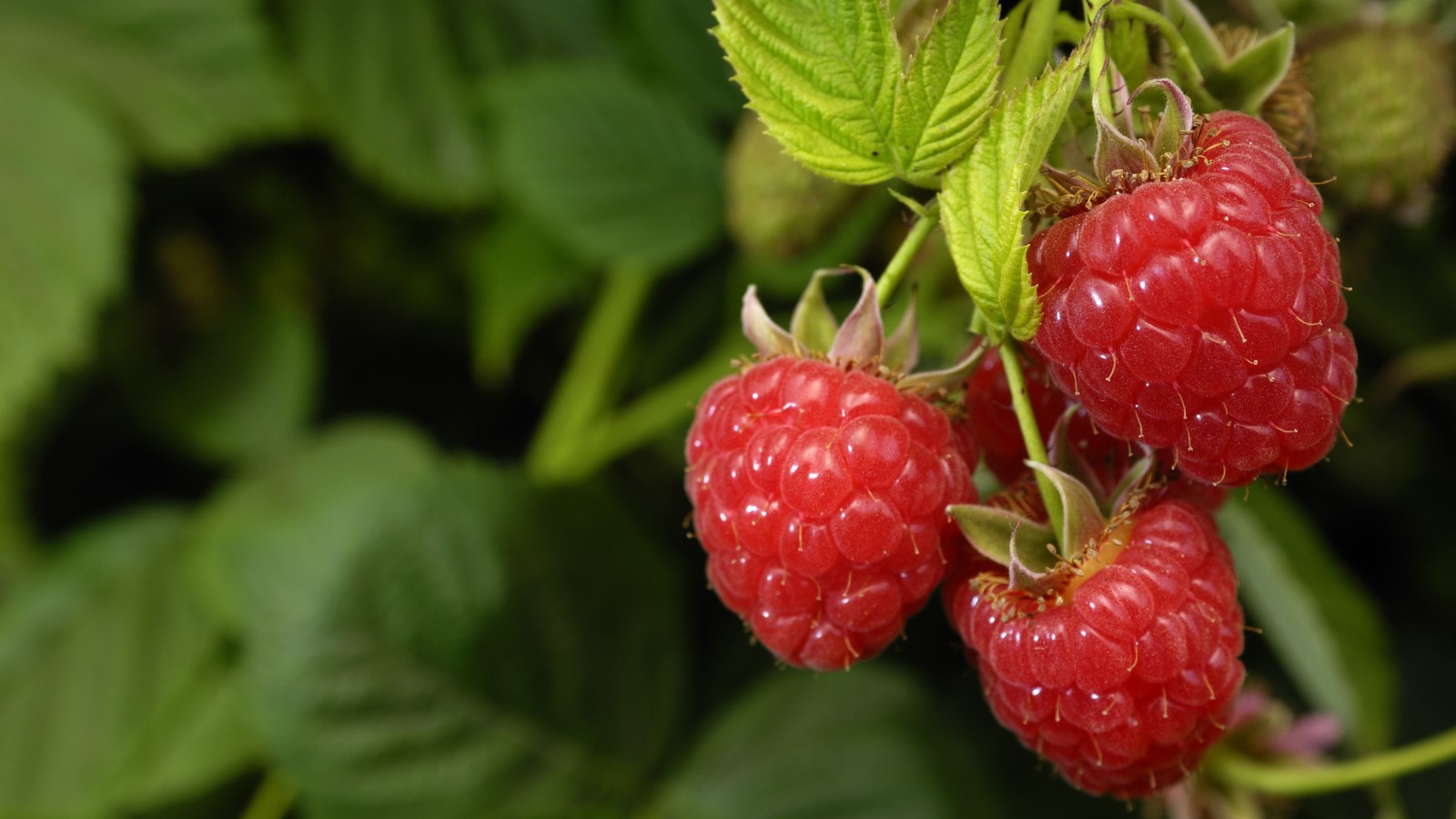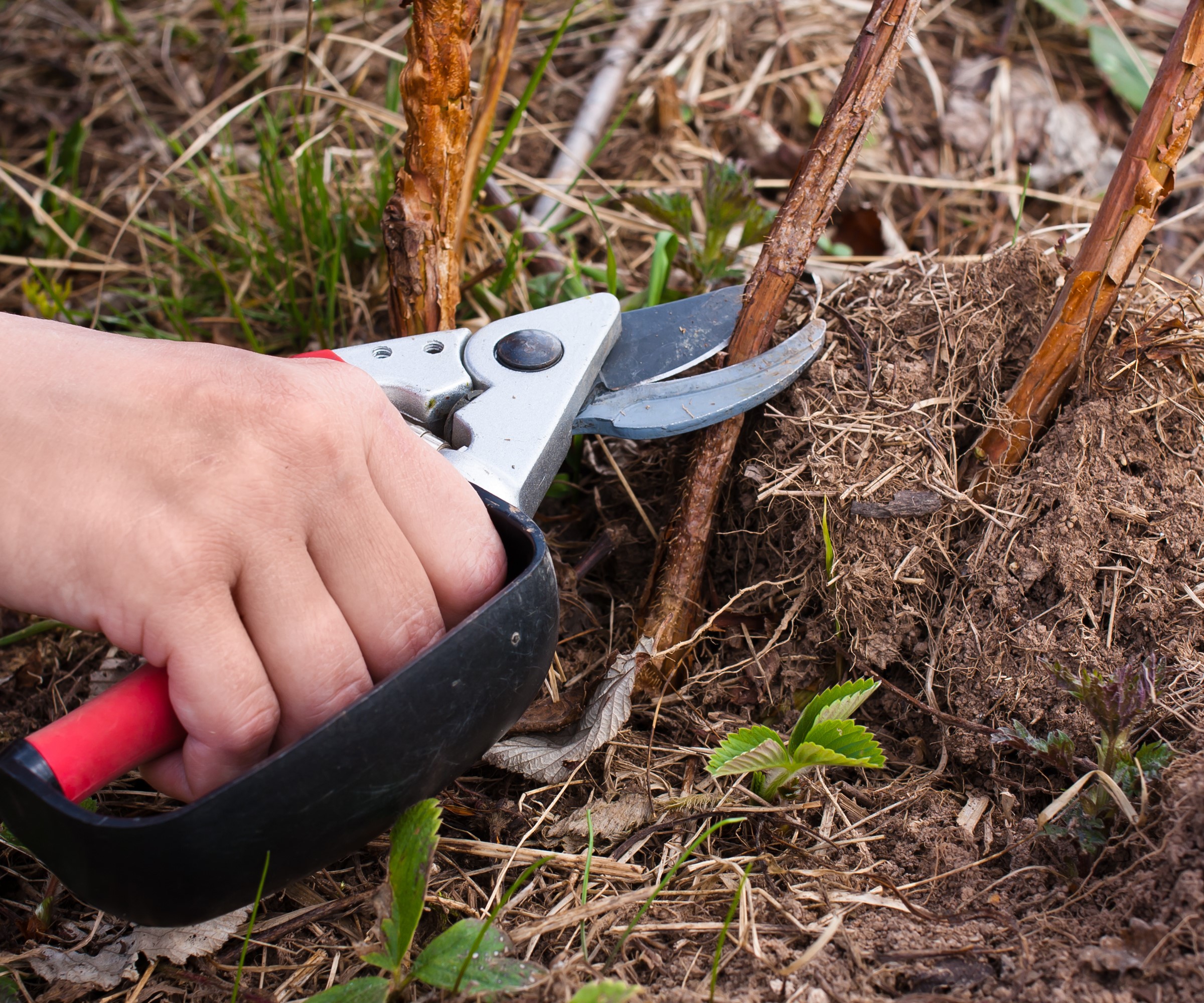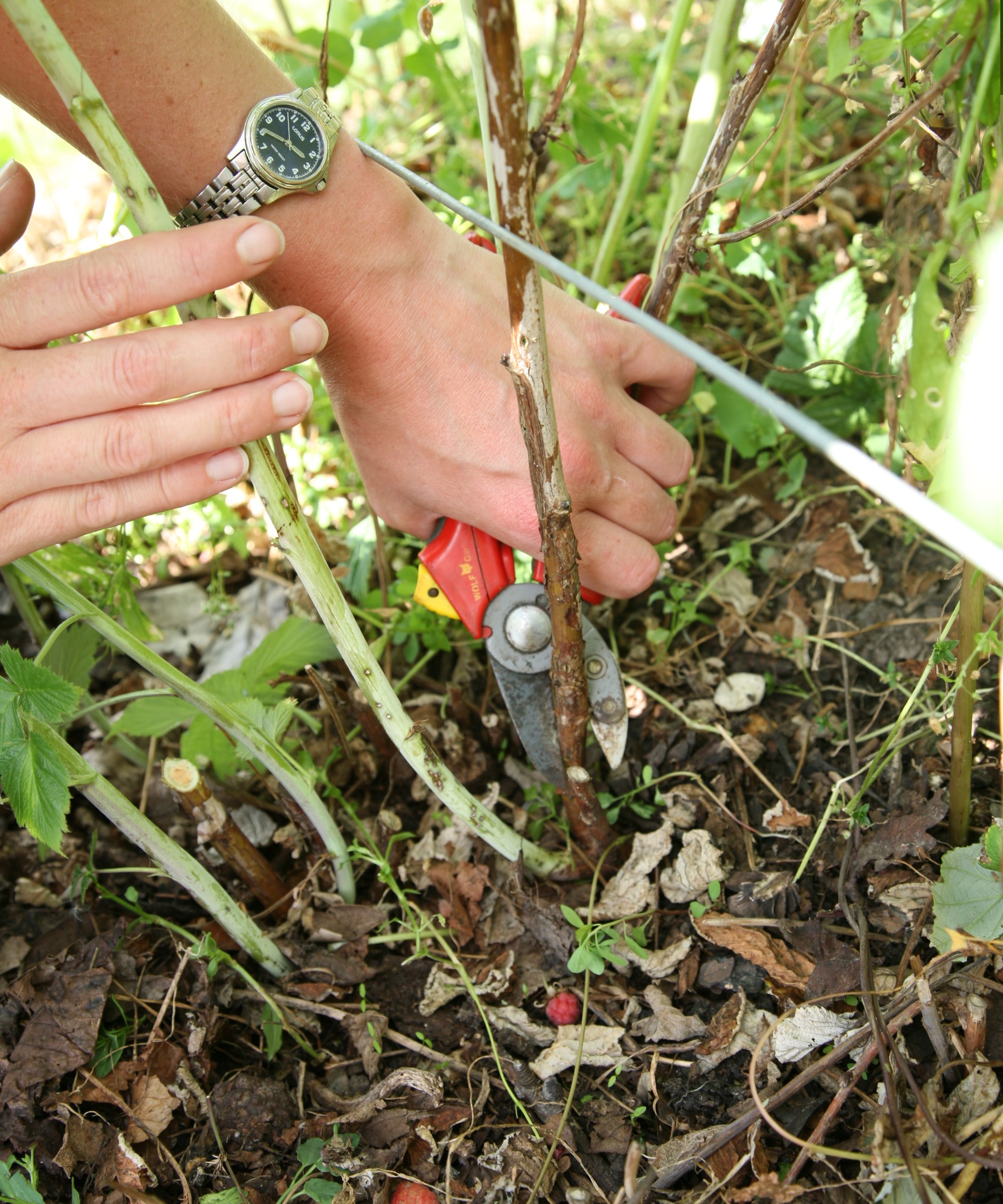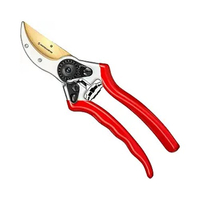When to prune raspberries – know your type to get the timing right
The type of raspberry you are growing dictates when it needs pruning


Pruning raspberries is a vital part of growing this hugely popular fruit. It is not a very difficult task to master, however there are some key intricacies you need to know to ensure you prune your raspberries at the right time and in the right way.
Raspberries are separated into two categories: summer-fruiting types and fall-fruiting types. When you are growing raspberries, the time to prune and the method is dictated by their type, as the two variants flower and fruit in different ways. Getting the pruning wrong can lead to you potentially missing out on a crop of raspberries.
All of the gardens I worked in during my professional gardening career contained raspberries, both summer and fall-fruiting varieties, that needed to be maintained annually. As I was providing restaurants with raspberries fresh from the kitchen garden, it was important to utilize both types to have the longest season of fruits available. This also meant it was vital to know which canes were which, to prune them at the right time.

Canes are cut back to the ground when pruned
When is the best time to prune raspberry bushes?
We detail below the right times for you to head out with your tools to prune raspberry canes in your fruit and vegetable garden, depending on their type.
Whenever you do any pruning it is important to use clean garden tools, such as a pair of sterile and sharp pruning shears, as this will make pruning easier and prevent the transmission of diseases around the garden. Using a pocket blade sharpener, such as this one at Amazon, means you can keep tools sharp while out in the garden.

Sharp tools will make pruning much simpler and cuts cleaner
When to prune summer raspberries
Summer raspberries are the first types of raspberry to crop each year and early varieties can be ready as soon as June. They crop on canes produced the previous year. Summer-fruiting raspberries will continue to provide a bumper harvest of fruits throughout the hottest months.
Then comes the time to prune your raspberry bushes. As they produce fruit on one-year-old wood, you need to remove all of the stems that cropped each year. Cut the fruited stems to ground level once you have finished harvesting them. This tends to mean that, depending on the variety you are growing, you will be heading out with the pruning shears in late summer or early fall.
As well as removing the canes that have fruited on summer raspberries, this is also the correct time to prune out weaker wood to give more space to stronger canes and stop the patch getting too congested.

Fruiting canes of summer raspberries are pruned after being harvested
When to prune late raspberries
Fall-fruiting raspberries develop flower and fruit on current season wood and are therefore pruned in a different way to summer-fruiting canes, and at a different time. These types of raspberries crop from late summer up until the frosts arrive.
The correct time to prune fall-fruiting raspberries comes in late winter - February is the best month to give later varieties their annual prune. It is a very simple process to cut the fruited canes to the ground. It is then beneficial to fertilize raspberries, both early and late types, with a mulching of well-rotted manure or garden compost in spring.
If you do prune late raspberries too soon then, unfortunately, this pruning mistake can spur them to put on early growth. This unwanted growth can easily be damaged by the winter frosts and potentially affect the plant’s overall hardiness.
It is also possible to half-prune some canes to get an early crop, with the ones half-pruned fruiting in summer while the other half cut to the ground providing a harvest in fall. The same period of late winter is also the appropriate time to do this type of pruning.
Haus & Garten Bypass Pruning Shears - Available at Amazon
These heavy-duty pruning shears are ideal tools for pruning raspberry canes. The titanium-coated steel blade makes little work of pruning tasks and their lightweight feel ensures that cutting back feels effortless
FAQs
Should raspberries be cut back every year?
Pruning raspberries every year is an important part of looking after the crop. If you do not cut back the canes each year then your raspberry patch can become a congested and unproductive mess. As raspberries spread by suckers they can easily become very overcrowded and the stems will get weaker - which will have a massive impact on your crop of raspberries.
What should I do when raspberries have finished fruiting?
Raspberries need pruning after they have finished fruiting, however it is important to prune raspberries at the correct time, depending on whether they are summer or fall-fruiting varieties. After fruiting also offers an ideal chance to remove weak stems and congested growth.
The timings for when to prune raspberries remains the same whether you are growing the crop in the ground or you are growing raspberries in pots. If you are growing raspberries in a dedicated patch and find it getting too congested, you can transplant raspberries when they are dormant by digging up suckers or splitting canes to replant elsewhere.
Sign up to the Homes & Gardens newsletter
Design expertise in your inbox – from inspiring decorating ideas and beautiful celebrity homes to practical gardening advice and shopping round-ups.

Drew’s passion for gardening started with growing vegetables and salad in raised beds in a small urban terrace garden. He has worked as a professional gardener in historic gardens and specialises in growing vegetables, fruit, herbs, and cut flowers as a kitchen gardener. That passion for growing extends to being an allotmenteer, garden blogger, and producing how-to gardening guides for websites. Drew was shortlisted for the New Talent of the Year award at the 2023 Garden Media Guild Awards.
-
 Ina Garten's storage pantry is an insightful window into all of the best cookware used by the chef – and it's easy to recreate on your kitchen shelves from $48
Ina Garten's storage pantry is an insightful window into all of the best cookware used by the chef – and it's easy to recreate on your kitchen shelves from $48The beautiful dishware in The Barefoot Contessa's Hamptons pantry showcases the tools she uses most often to cook – this is exactly how you replicate it
By Sophie Edwards Published
-
 Extend the lifespan of your appliance with 5 simple but crucial washing machine maintenance tips
Extend the lifespan of your appliance with 5 simple but crucial washing machine maintenance tipsFrom cleaning the filters to keeping the door open, experts reveal the washer tips they swear by
By Andy van Terheyden Published
